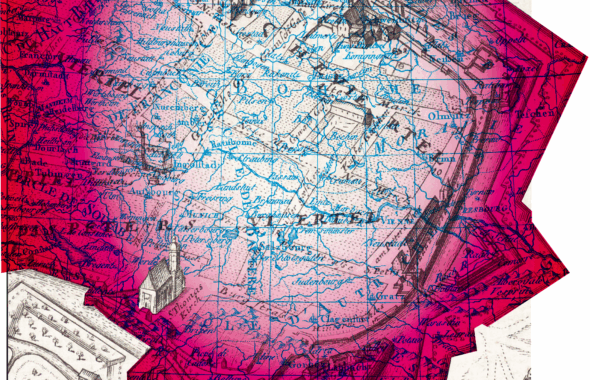
Programme Lausanne
Johann Sebastian Bach (1685-1750)
Oratorio de Pâques BWV 249 (1725)
Magnificat en ré majeur BWV 243 (1732)
Programme Metz / Leipzig
Johann Sebastian Bach (1685-1750)
Ouverture pour orchestre n° 3 en ré majeur BWV 1068 (1731)
Magnificat en ré majeur BWV 243 (1732)
Carl Philipp Emanuel Bach (1714-1788)
Magnificat en ré majeur Wq 215
Distribution Lausanne et Metz
Soprano 1 : Sophie Junker
Soprano 2 : Ambroisine Bré
Alto : Margot Oitzinger
Ténor : Nick Pritchard
Basse : Halvor F. Melien
Distribution Leipzig
Soprano 1 : Hannah Morrison
Soprano 2 : Ambroisine Bré
Alto : Margot Oitzinger
Ténor : Thomas Hobbs
Basse : Halvor F. Melien
Wiener Kammerchor (dir. Michael Grohotolsky)
Les Talens Lyriques
Direction : Christophe Rousset
The two famous Magnificat settings brought together on this programme, though composed almost twenty years apart, were written for the same destination. Johann Sebastian Bach wrote his setting of the canticle late in 1723, shortly after taking up his post as cantor of the St Thomas Church in Leipzig. Ten years later he reworked that first score, changing the key from E flat major to D major – the version that we know today. In 1750, a recently composed setting of the same text by his son Carl Philipp Emanuel Bach was performed in the same church. It was his first great choral work. Some sources suggest that at that time J. S. Bach was looking for someone to succeed him in Leipzig and that his son, who was then working in Berlin as a harpsichordist at the court of Frederick the Great, composed this work to apply for his father’s post.
Presenting these two works together provides the enrichment of hearing two complementary visions of the famous Song of the Virgin Mary. J. S. Bach’s composition is more intimate and inward looking; it is bathed in an atmosphere of contemplation. His son’s version is more imposing, bringing out the gloriousness and jubilation of the occasion; it is more “universal” in its vision. In that respect, it bears certain similarities to his father’s Mass in B minor.
© Les Talens Lyriques – Mary Pardoe